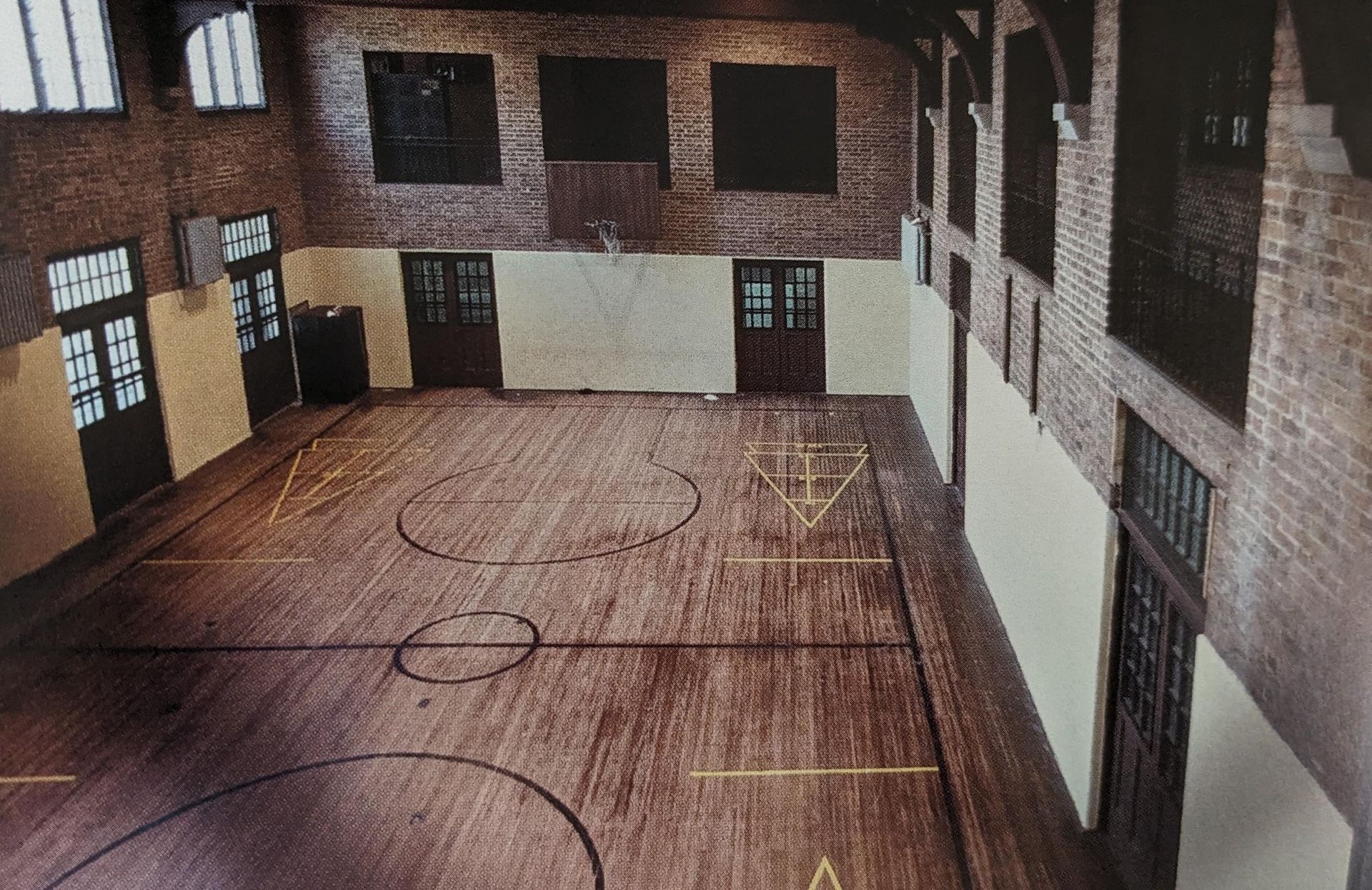
History
Good Shepherd began as a Sunday school mission of St. John’s Church during the 1870s and was admitted to the Diocese of Florida as a parish in 1892. Throughout the years, it followed Jacksonville’s growth southward along the west side of the St. John’s River, moving its little wooden chapel, originally built on the corner of Riverside Avenue and Stonewall Street, to the corner of Oak and Gilmore (where, in 1915, the chapel survived a fire which destroyed the new red brick church), to the current site, purchased in 1917.
Led by the Rev. Milton R. Worsham’s vision for a seven-day-a-week church to serve both parish and community, Good Shepherd communicants planned and built the incredible facility which today still houses the Episcopal Church of the Good Shepherd at the corner of Park and Stockton Streets in historic Riverside.
Parishioner and local architect Mellon C. Greeley and Cleveland’s W.W.C. Corbusier, an authority on Gothic architecture, were responsible for the design of the complex. The gymnasium, now Craig Hall, was completed in 1918; the pool, a gift from Mrs. W.W. Cummer, in 1920; the Parish Hall (formerly Worsham Hall), now known as Betsy Lovett Hall, in 1921.
With its hand-carved stonework, wood carvings by Alois Lang of Oberammergau, Germany, floor tiles handmade at the Moravian Pottery and Tile Works from wax impressions from London’s British Museum’s collection, and its magnificent Skinner Organ, the church opened its doors for worship on Easter Day, 1929. However, the stock market crash in October of that year delayed the Consecration until 1951.
During the 1950s, under the guidance of the Rev. L. Valentine Lee, the Payne Studio designed and installed the stained glass windows. In the 1990s, the church was cleaned and had its lighting updated as part of a 3-year project to restore all church facilities. A special service was held on October 29, 2000 to rededicate the church and its members.


